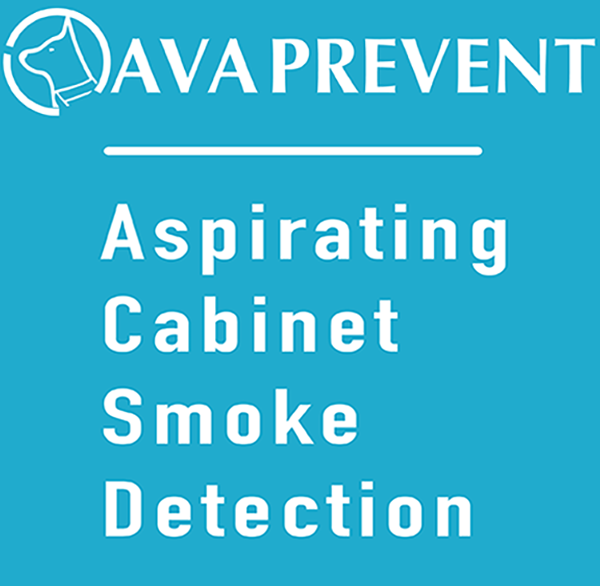- Our price:USD$
- PriceUSD$
- Use bonus pointspt.
10.1 Normal Environments
ASD systems are increasingly being used in “normal” environments on account of the benefits of concealed sampling holes, centralized maintenance and/or the cumulative effect.
10.1.1 Where an ASD is used to protect a number of separate areas/rooms, it is good practice to provide at least two sampling holes for each area/room, wherever possible. This is to reduce the possibility of a decrease in sensitivity due to a partially or fully blocked sampling hole. The use of two sampling holes per area/room will ensure that the benefits of the cumulative effect are present to provide more reliable detection.
10.1.2 While addressable point detection can indicate the location of the individual area/room, an ASD (used to protect a number of separate areas/rooms) may not be able to provide such information (see 10.1.3). However, when investigating an alarm, the extra time provided by a Class A or Class B ASD system may compensate for the lack of addressability. Furthermore, a Class C alarm is likely to be readily apparent on investigation, particularly where the number of areas/rooms is not excessive and each is readily accessible (e.g. <10 rooms with unlocked or "windowed" doors). However, the important factor when determining the number of separate areas/rooms that can be covered is the time it takes to reach them and inspect them. Search distances are specified in some codes for non-addressable systems but the following recommendations are also provided in terms of search times.
10.1.2.1 It should be possible to investigate all individual areas covered by a Class C ASD within 1 minute of arriving at the zone and by travelling less than 60m.
10.1.2.2 Where the ASD system is arranged to provide a Class B pre-alarm signal and it is possible to investigate all individual areas covered by an ASD within 2 minutes of arriving at the Zone and by travelling less than 60m.
10.1.2.3 Where the ASD system is arranged to provide a Class A pre-alarm signal and it is possible to investigate all individual areas covered by an ASD within 5 minutes of arriving at the Zone and by travelling less than 60m.Note: The 60m travel distance limit above match clause 13.2.3 of BS 5839-1:2008 for non- addressable automatic fire detectors.
10.1.3 Some multi-channel ASD systems can identify the channel (or pipe) into which smoke is drawn and so provide a more precise indication of the likely location of the fire within the zone. Where such capability is available, the recommendations given in 10.1.2 applies to each individual sub-zone that can be identified.
- Our price:USD$
- PriceUSD$




